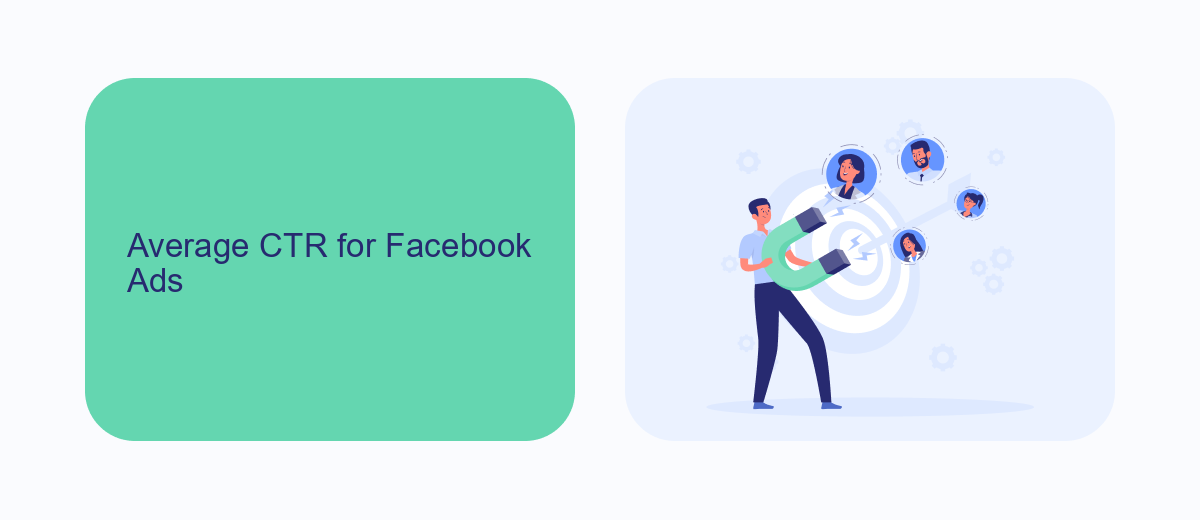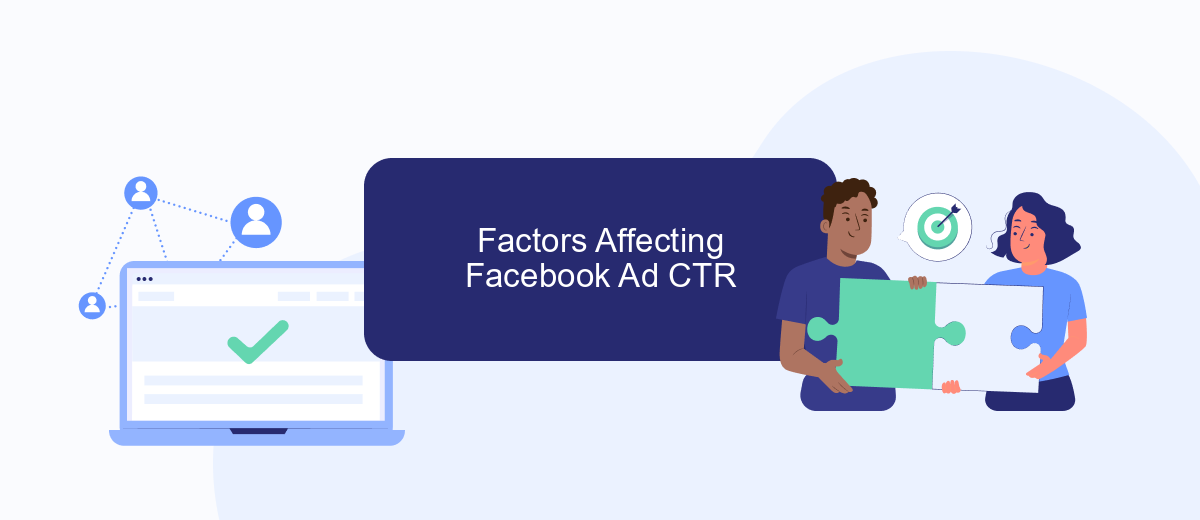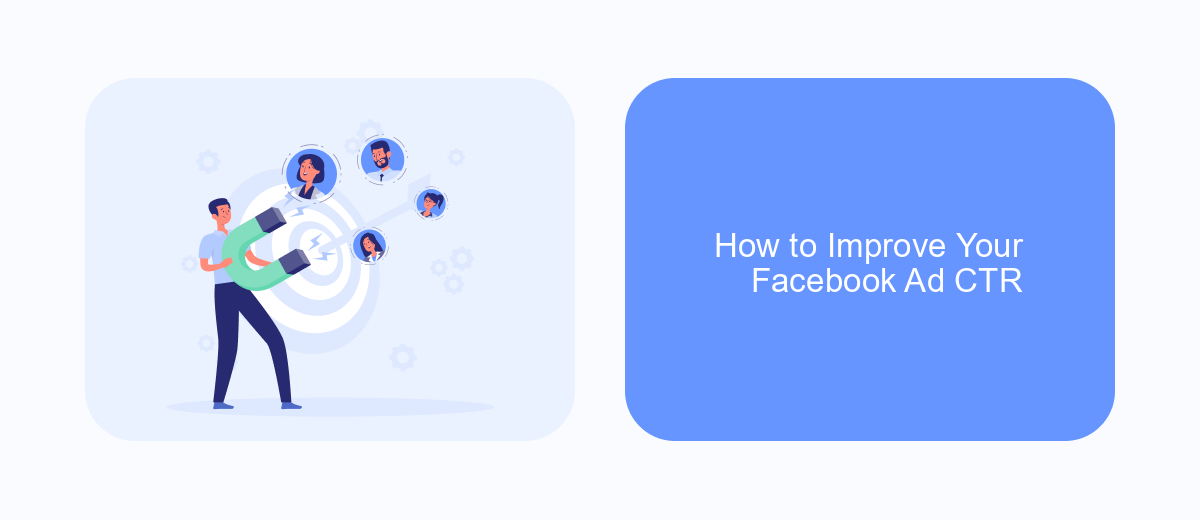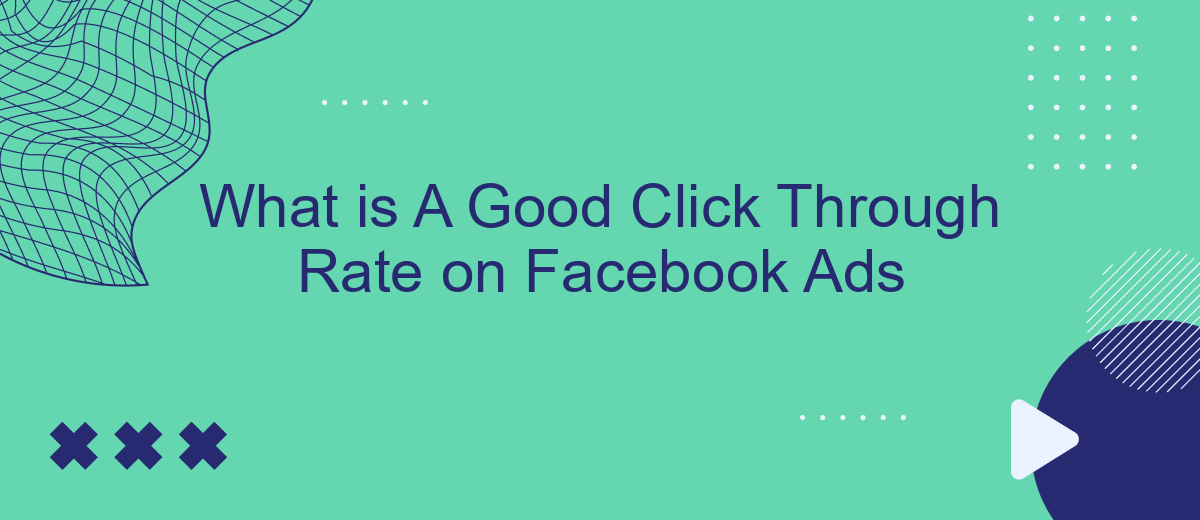Determining a good Click Through Rate (CTR) on Facebook Ads is crucial for marketers aiming to measure the effectiveness of their campaigns. With varying benchmarks across industries and ad formats, understanding what constitutes a "good" CTR can help optimize ad performance and budget allocation. This article delves into the factors influencing CTR and provides insights on achieving optimal results.
What is a Click Through Rate (CTR)?
Click Through Rate (CTR) is a crucial metric in digital advertising that measures the effectiveness of an ad campaign. It is calculated by dividing the number of clicks on an ad by the number of times the ad is shown (impressions), then multiplying by 100 to get a percentage. A higher CTR indicates that the ad is engaging and relevant to the audience.
- CTR = (Clicks / Impressions) * 100
- High CTR = Effective Ad
- Low CTR = Need for Optimization
Understanding CTR helps advertisers evaluate their ad performance and make necessary adjustments. Tools like SaveMyLeads can assist in optimizing ad campaigns by integrating various data sources, automating lead management, and providing insights to improve CTR. By leveraging such services, advertisers can streamline their processes and focus on creating more compelling ads that resonate with their target audience.
Average CTR for Facebook Ads

The average click-through rate (CTR) for Facebook ads varies across different industries and ad formats. Generally, a good CTR for Facebook ads is considered to be around 0.90%. However, this can fluctuate based on factors such as the target audience, ad relevance, and the quality of the creatives. For instance, industries like retail and e-commerce often see higher CTRs, sometimes exceeding 1.5%, while more niche markets might experience lower engagement rates.
To optimize your Facebook ad CTR, it's crucial to continuously monitor and adjust your campaigns. Utilizing integration services like SaveMyLeads can streamline this process by automating data transfers and syncing your ad performance metrics with your CRM or other marketing tools. This allows for real-time analysis and quicker adjustments, ultimately enhancing your ad performance and increasing your CTR. By leveraging such tools, businesses can ensure that their Facebook ads are not only reaching their intended audience but also engaging them effectively.
Factors Affecting Facebook Ad CTR

Understanding the factors that affect Facebook Ad Click Through Rate (CTR) is crucial for optimizing your campaigns. A higher CTR indicates that your ad is engaging and relevant to your audience, which can lead to better conversion rates and lower costs.
- Target Audience: Ensuring that your ads are shown to the right demographic is essential. Use Facebook's targeting options to reach users who are most likely to be interested in your product or service.
- Ad Creative: The visual and textual elements of your ad must be compelling. High-quality images, engaging videos, and persuasive copy can significantly boost your CTR.
- Ad Placement: Choosing the right ad placement, whether it's in the News Feed, Stories, or the right-hand column, can impact your CTR. Test different placements to see which performs best.
- Relevance Score: Facebook’s relevance score measures how well your ad is resonating with your audience. A higher relevance score can improve your ad's visibility and CTR.
- Integration with Tools: Utilizing tools like SaveMyLeads can automate and optimize your lead management process, ensuring that you respond to potential customers promptly, thereby increasing engagement and CTR.
By focusing on these factors, you can create more effective Facebook ads that not only capture attention but also drive meaningful interactions. Regularly monitor and adjust your strategies based on performance metrics to continuously improve your CTR.
How to Improve Your Facebook Ad CTR

Improving your Facebook Ad click-through rate (CTR) requires a combination of strategic planning, creative design, and continuous optimization. Start by understanding your audience and tailoring your ads to their interests and behaviors. Utilize Facebook's Audience Insights to gather valuable data and create targeted ad campaigns.
Next, focus on crafting compelling ad copy and visuals. Your headline should grab attention, while the ad text needs to be clear and concise. High-quality images or videos can significantly enhance your ad's appeal and effectiveness. Additionally, ensure that your call-to-action (CTA) is strong and encourages users to take the desired action.
- Use A/B testing to compare different versions of your ads.
- Optimize your landing page for a seamless user experience.
- Leverage Facebook's retargeting options to re-engage users.
- Integrate SaveMyLeads to automate lead data collection and improve efficiency.
Finally, regularly monitor your ad performance and make data-driven adjustments. Analyze key metrics such as CTR, conversion rates, and audience engagement to identify areas for improvement. By continually refining your strategy, you can achieve better results and maximize your Facebook Ad CTR.
Tracking and Monitoring Your Facebook Ad CTR
Tracking and monitoring your Facebook Ad CTR is crucial for optimizing your advertising campaigns. Start by regularly checking the performance metrics in Facebook Ads Manager, where you can view the CTR alongside other key indicators such as impressions, clicks, and conversions. This will help you identify trends and make data-driven decisions to improve your ad performance. Additionally, setting up automated reports can save you time and ensure you stay updated on your campaign's progress.
For more advanced tracking and integration, consider using a service like SaveMyLeads. SaveMyLeads allows you to automate the transfer of leads and data from Facebook Ads to your CRM or other marketing tools. By streamlining these processes, you can focus on analyzing the data and making strategic adjustments to your campaigns. Regularly reviewing and adjusting your ads based on this data will help you maintain a healthy CTR and achieve your advertising goals.
FAQ
What is considered a good click-through rate (CTR) on Facebook Ads?
How can I improve my Facebook Ads CTR?
Does the type of ad format affect the CTR?
How often should I monitor and adjust my Facebook Ads to maintain a good CTR?
Are there tools available to help automate and optimize Facebook Ads for better CTR?
What do you do with the data you get from Facebook lead forms? Do you send them to the manager, add them to mailing services, transfer them to the CRM system, use them to implement feedback? Automate all of these processes with the SaveMyLeads online connector. Create integrations so that new Facebook leads are automatically transferred to instant messengers, mailing services, task managers and other tools. Save yourself and your company's employees from routine work.
